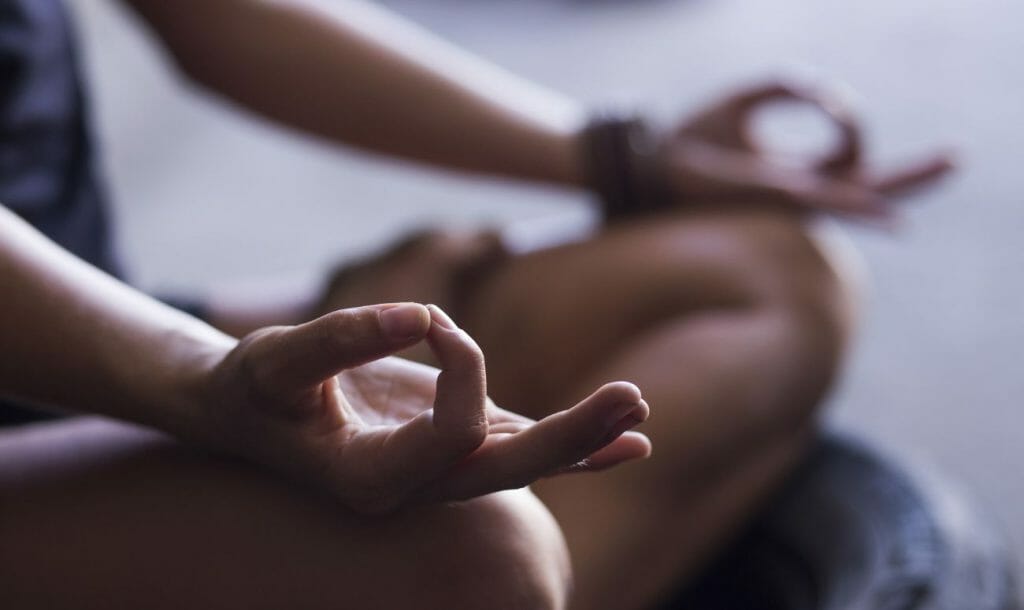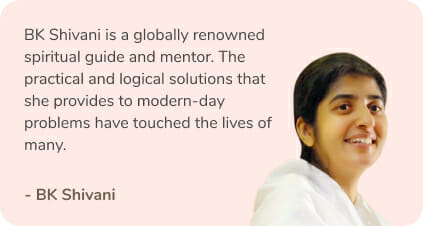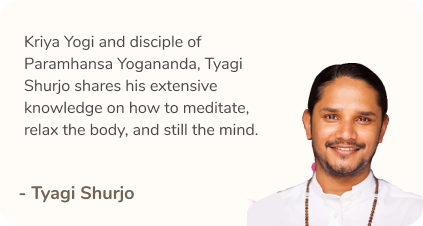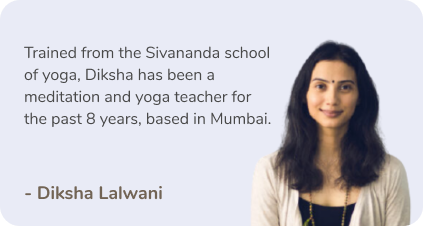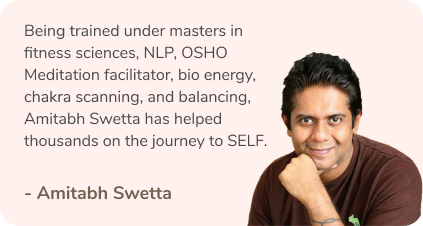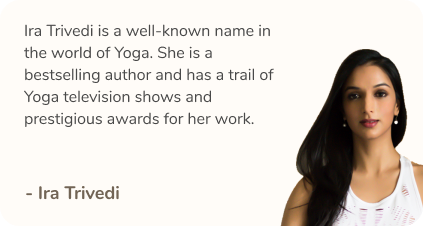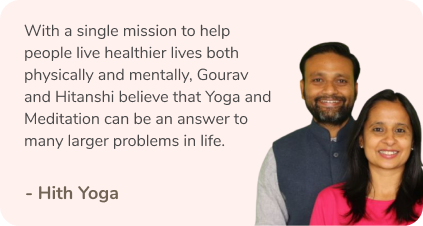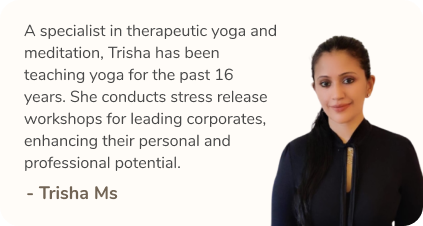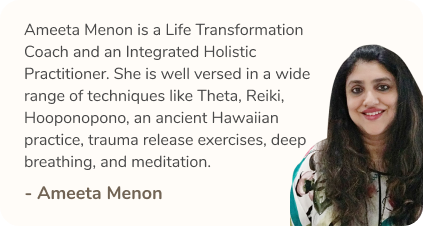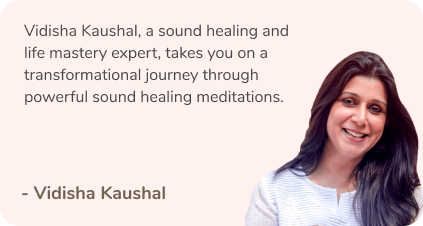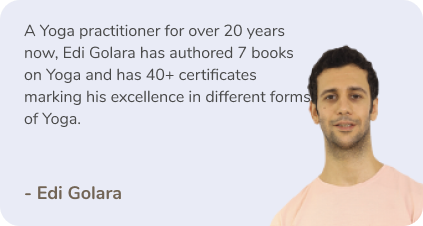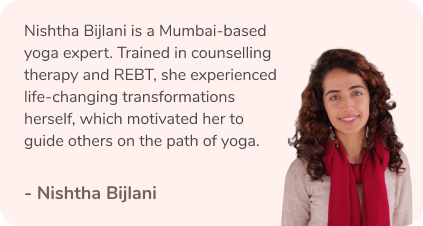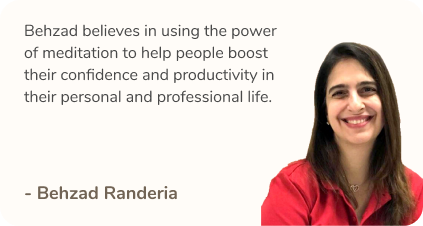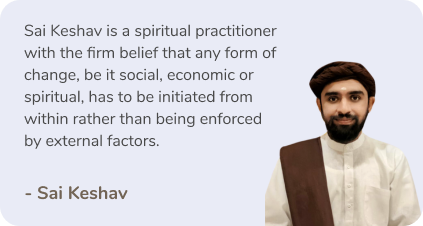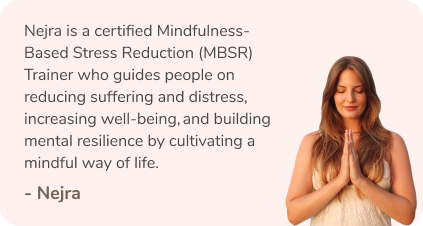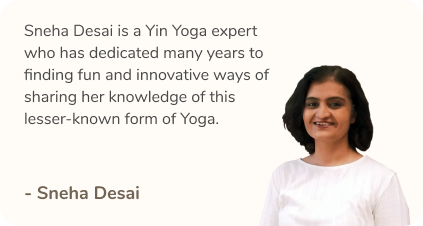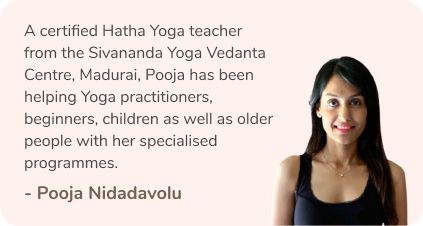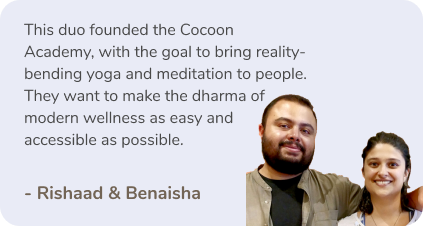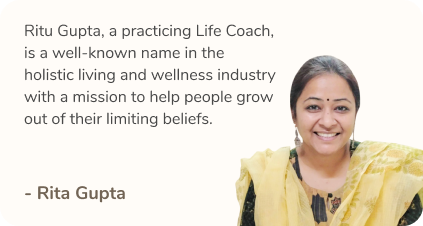Whenever we start a new diet or exercise ritual we’re aware that there is no one-size fits all approach to any of it. The same stands true for types of meditation and different meditation positions. Before you start your meditation journey it’s necessary to find the best meditation position for you, and take your time to familiarize your body with it.
Do you ever look at pictures of people meditating sitting peacefully in a picturesque backdrop without a misplaced thought in the world and wonder if you won’t be able to do that ever? Well, not true, you most definitely can. This article will help with just that.
Step 1: Find Your Meditation Position
Before you start your meditation journey it’s vital that you recognise, understand and embrace your comfort zone. To do that you first need to start off by knowing the meditation position that your body is most comfortable in. Meditation is not something rigid and rigorous, it’s the complete opposite. Meditation is to help you relax and stabilise, which won’t be possible if you’re trying to fit into some else’s routine.
There are various meditation positions that you can try out and find the best that suits you and your lifestyle. You can try sitting on the floor with your in a lotus position, depending on your spine flexibility. You can use a towel, cushion or a pillow to help you be more comfortable.
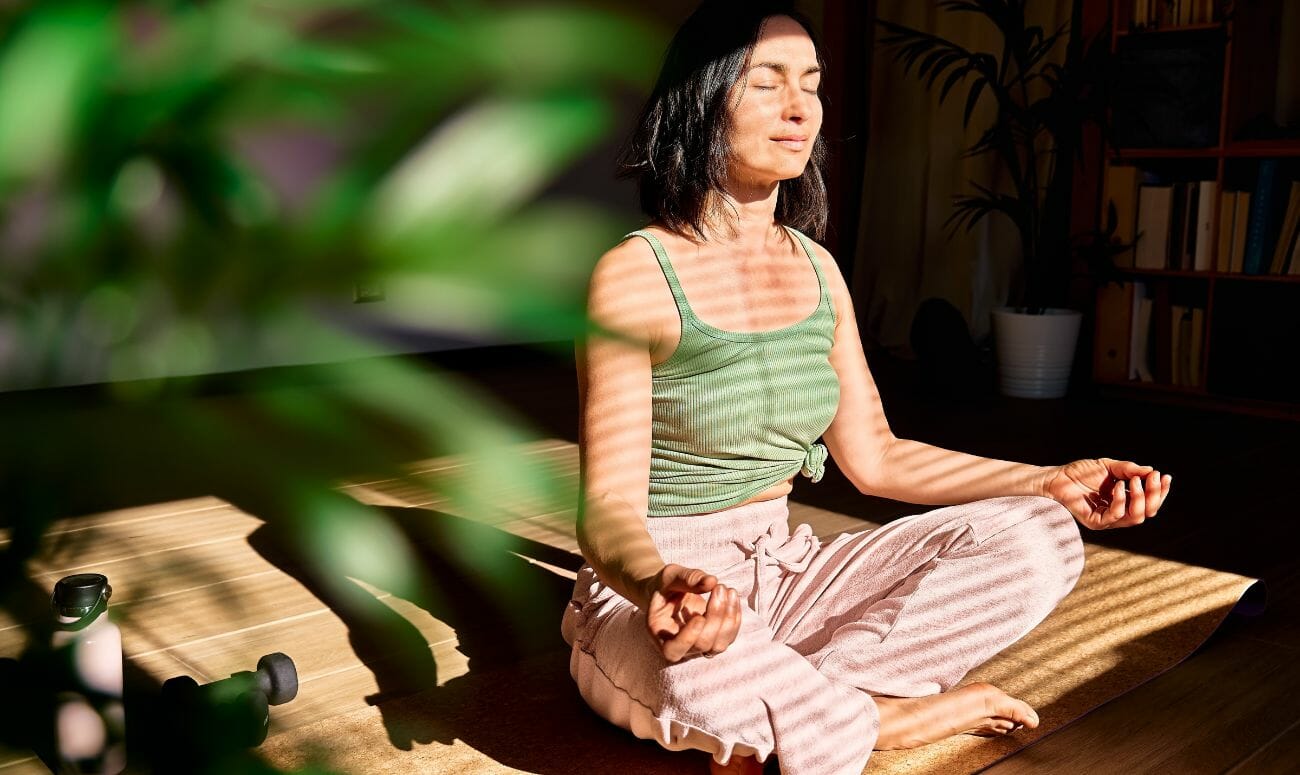
You can even meditate while sitting on a chair, this is especially useful if you’re procrastinating due to a work-time crunch. Take out five to fifteen minutes from your schedule, and set a timer if required (make sure the alarm ring is soft and not jolty), to start your practice. You can do this while sitting at your desk at any time of the day. At your dining table, before or after breakfast. Doesn’t matter, this is just to help you kick-start your practice.
Step 2: Lock in Your Posture
Whatever meditation position you choose there are a few efficient posture tips you must keep in mind before you start. Firstly, keep that spine straight but relaxed. Try to straighten your neck and spine slowly and relax the supporting muscles. If you are sitting on the floor, make sure that your thighs, calves and feet are relaxed. Keep your hands on your thighs palms facing upward. You can touch your index finger and thumb in yog mudra if you find that comfortable. Let your chin rest at a 45-degree angle and relax.
Step 3: Let Your Mind Relax and Focus
Here’s a fact, you can meditate with your eyes closed, half closed or open, whatever floats your boat, just make sure that it aligns with your chosen meditation position. What is necessary though is for you to be able to channel your thoughts at a focal point to help you relax, calm down and regenerate. If you choose to keep your eyes closed or half closed you can try practising a Sanskrit mantra, if not you can also pick an affirmation of your choice. Just remember that it should not be overly complicated because that might distract you from actually slowing down and relaxing, at least in the beginning.
On the other hand, if you want to keep your eyes open you can try light meditation. Light meditation is essentially focusing on a single focal light point like a candle or a meditation light to help you channel your thoughts in one direction. You can chant a mantra or an affirmation along with this practice too if you want.
As you ace your posture, try this guided meditation that helps you release stress.
Things to Keep in Mind:
Your meditation practice will be more effective if you keep these in mind:
- Start with a shorter time span and increase it as you become more comfortable.
- Focus on your breath, it’ll help your count as you inhale and exhale in the beginning.
- Let the breathing be smooth, steady and calming.
- Don’t try to shut down your system, allow yourself to observe your thoughts and feelings as they arise and pass. They can be positive, negative or neutral, don’t try to control them.
- What you do need to do though, is to bring your mind gently back to focus when it wanders.
- Be aware and embrace the stillness and silence surrounding you.
To conclude, no matter what meditation position or posture you choose, it’s important that you’re loving and gentle with yourself. They is no one right way to meditate, what you want to get out of the practice is entirely up to you. Enjoy meditating!
Read More: Why Is It Important To Maintain Your Body’s pH Levels with Food?
Like & Follow ThinkRight.me on Facebook, Instagram, Twitter, Pinterest and Telegram to stay connected.
